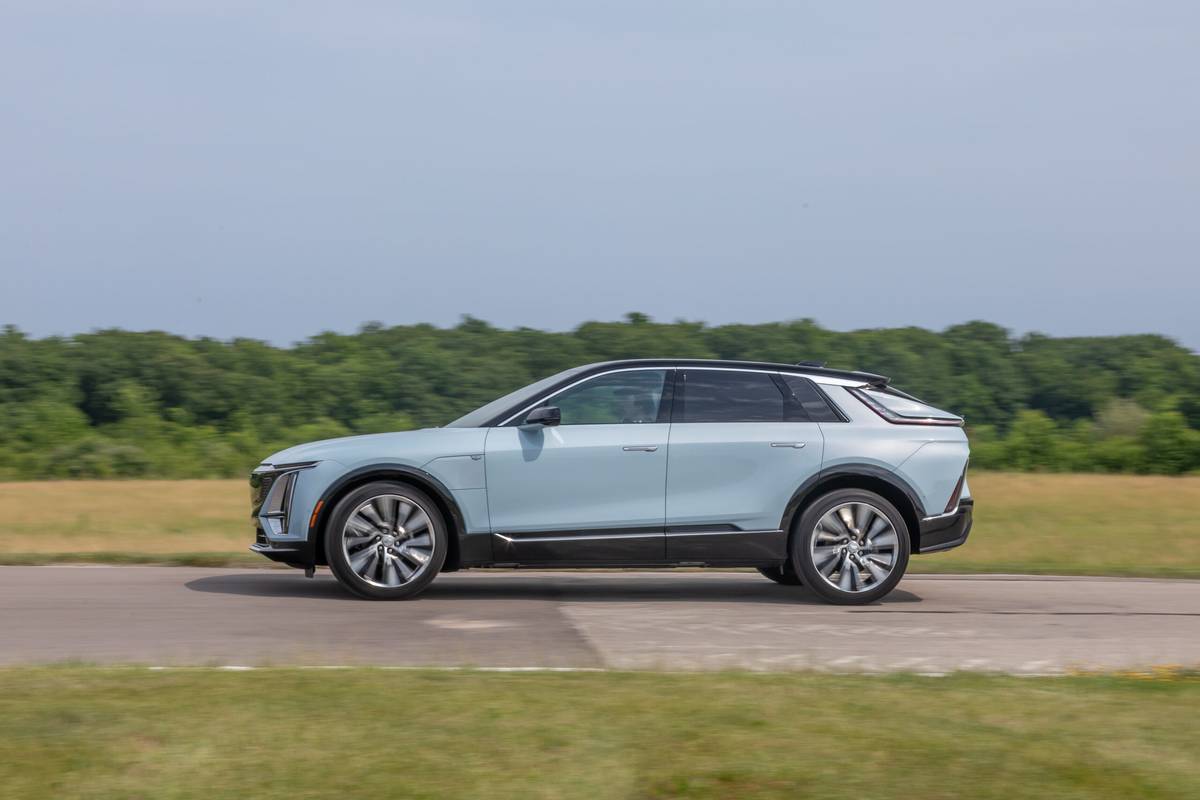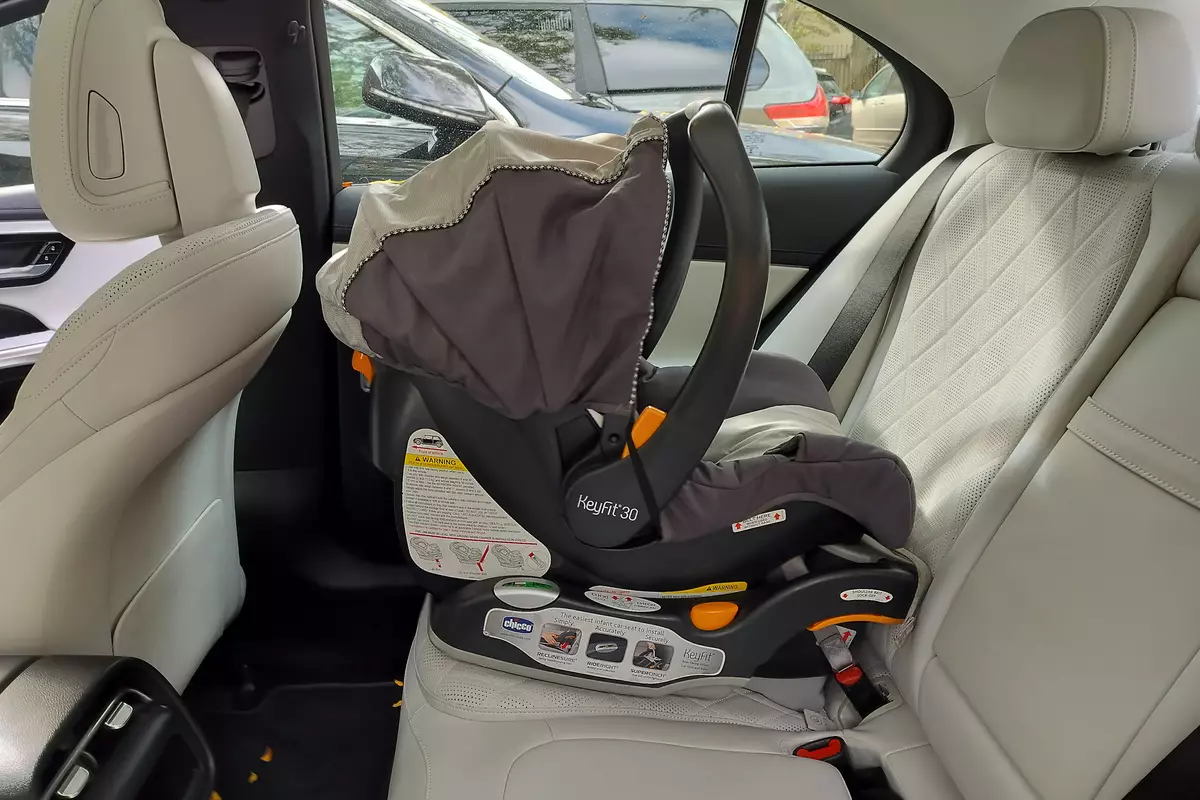chicagotribune.com's view
There are some secrets you just can’t hide from the spouse, as we learned when she caught us rifling through the desk in the den.
“Looking for the resume, aren’t you?” she surmised.
“How could you have suspected?”
“Because you brought home a Saab,” she said. “Every time you bring home a car to test that one of your bosses owns, you bring out the resume and dust it off.”
She left the room, content at knowing that once again hubby couldn’t pull the old designer wool over her eyes. Shortly thereafter we found the resume, which was hidden in a copy of “The Tennessean,” which brings up yet another episode best left untold.
But we digress.
Saabs are best appreciated by a minute portion of the motoring public. For years we considered Saab’s claim to fame to be that it designed a car but forgot to put an ignition key switch in the steering column. Because the car was all done and ready to be sold, Saab had to scramble at the last minute to find a place for the switch, so it put it on the floor between the driver’s and passenger’s seats. Better there than in the trunk, we suppose.
With the key switch on the floor, motorists about to start a Saab typically looked as if they had dropped something on the carpet and were pawing around trying to find it.
As if that snafu wasn’t sufficiently embarrassing, Saab compounded the problem by designing the ignition system so that the key couldn’t be removed until you put the gear selector in reverse. What fun that made for when you were parked on an incline.
Spotting a Saab on the roadway was an experience difficult to erase from your mind. The front was stubby, the rear end sloping and elongated. A Saab 900 looked as if the front should have been the rear and the rear the front; but then, what can you expect from folks who put ignition switches on the floor.
With this in mind, we received a Saab 900 Sat our house for an evaluation. The kind folks were giddy over the prospect of turning us loose with their newly designed and considerably beefed-up 900 sedan for ’94.
It was a pleasant surprise, though the car’s styling still is ugly.
Though it is a 1994 model, the Saab 900’s sheet metal reminded us of that of a ’70s Renault. The front and rear ends are in more equal proportion, so that you can tell the front from the back without looking for which end has the steering wheel. But as a fashion statement the 900 runs the risk of making the worst-dressed list-for about the next five years.
Inside, the 900 also has changed noticeably for the better. The old 900 was cramped, and your arms and hips dug into the door panels. Legroom was scant, headroom equally so. Saab seemed convinced that American motorists were willing to suffer physical torture in exchange for heated leather seats. The new model is spacious, especially when it comes to ar m and head room.
One thing hasn’t changed. Yup, the ignition switch is floor-mounted. The story is that after General Motors purchased a 50 percent stake in Saab in 1989, the Saab engineers said the newly designed 900 would feature a conventional switch in the steering column. The folks from GM vetoed the idea, saying the feature was too unique to Saab to be abandoned. These may have been the same GM folks who said, “Let’s build a diesel.”
For 1994, there have been noteworthy technological improvements. Driver- and passenger-side air bags are standard (only driver-side bags were standard in the ’93). Anti-lock brakes are standard, and traction control is an option. All safety systems are covered in the front-wheel-drive 900.
Under the hood a 2.3-liter, 150-horsepower, 16-valve, four-cylinder engine is standard. But new for ’94 is an optional 2.5-liter, 170-horsepower, 24-valve V-6. The old 2.1-liter, 140-horsepower, 16-valve four-cylin er no longer is available. The 900 with the V-6 is livelier than in the past, though the power really doesn’t kick in until you reach second gear. The 2.5 wanted to amble, not ramble, in first gear. Automatic transmission is an $895 option.
With the restyling came a change in dimensions. The 900 now is built on a 102.4-inch wheelbase, up from 99.1 inches. The longer wheelbase provides a smoother ride and better handling (15-inch tires help, too). Overall vehicle length, however, was reduced about 2 inches, to 182.6 from 184.3. That eliminates the traditional Saab rear-end overhang that made the car look as if it was carrying an overload in the trunk. Saab was able to expand the passenger cabin while shrinking overall length by mounting the V-6 transversely (sideways) under the hood to save room inside and cut excess on the outside.
The feature we liked best-other than the heated leather seats, which probably would have gone unnoticed if the test had been performed in July-was the “black panel” button on the dash. When driving at night you press the button and, just as when you turn the rheostat in your home, all the instrument-panel lights except the speedometer numbers go off. The purpose is to eliminate distractions and make nighttime motoring easier on the eyes.
The 900 starts at $20,990. Add $2,295 for the V-6 (which also adds traction control and alloy wheels in the package), $980 for a power sunroof and $1,195 for leather seats. You need only nestle your posterior onto leather once when the temperature dips below 30 degrees to realize why heated seats are much appreciated.
What pleases us most about the Saab, however, is that the boss didn’t buy a Yugo.
Latest news



